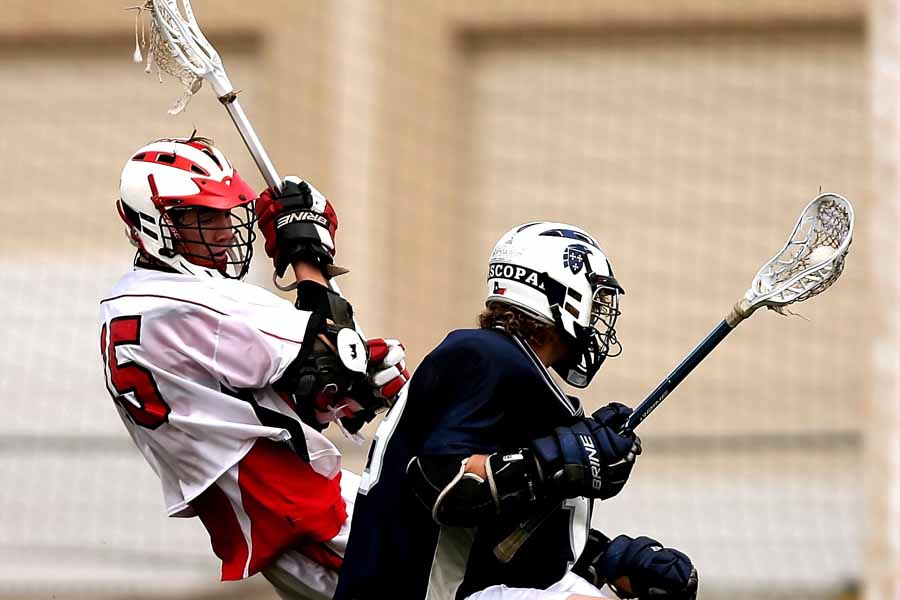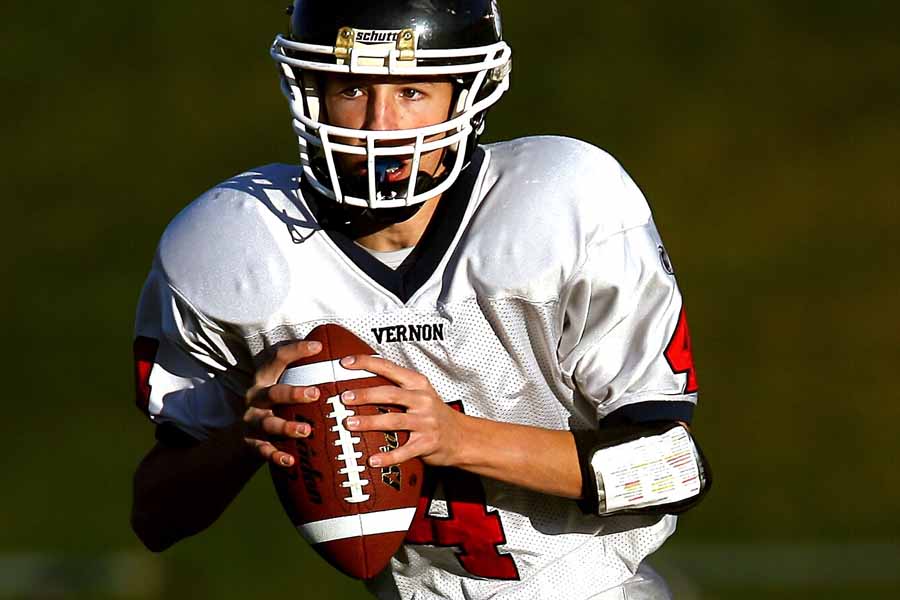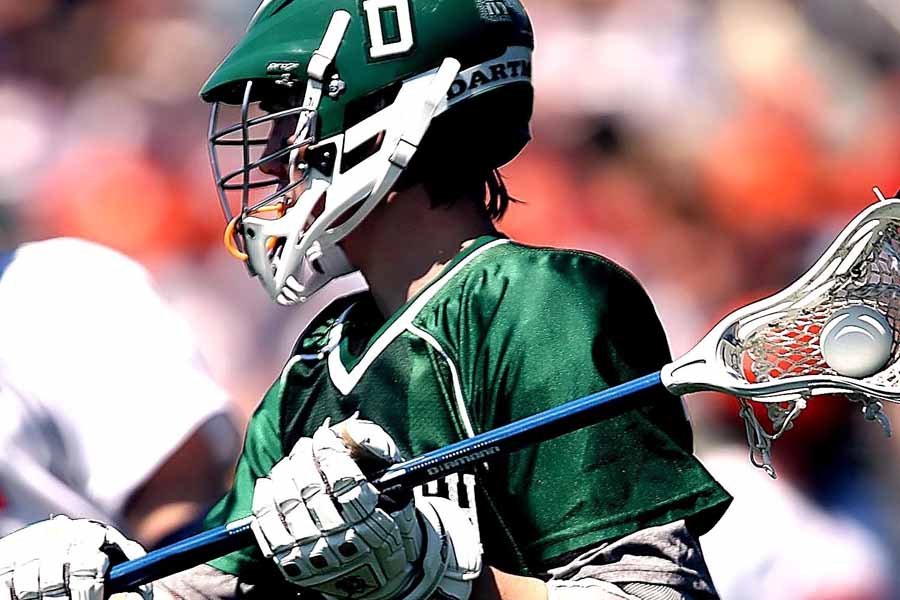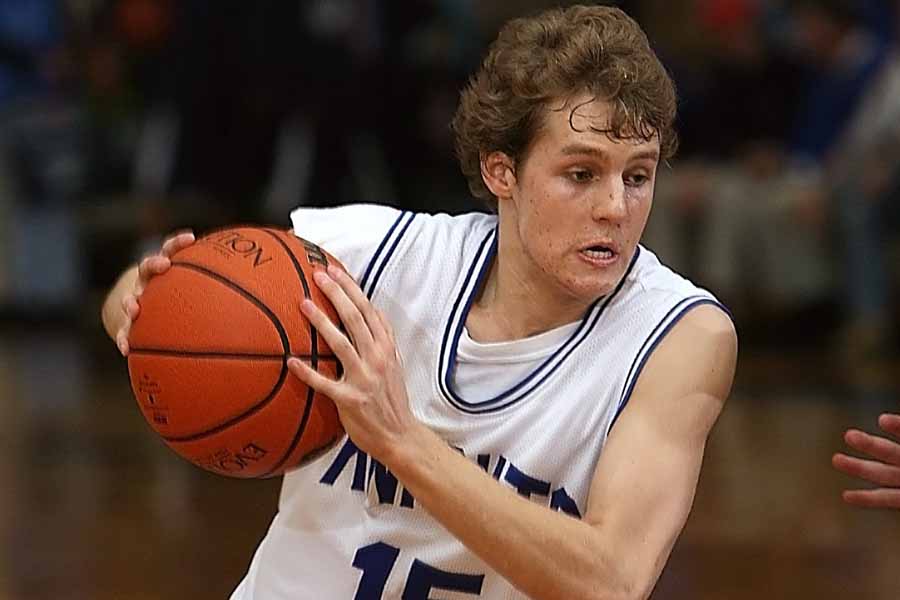Coaches work off a list of players that they are recruiting, let’s call it their ‘watch list.’ They are constantly adding and subtracting names from their personal list and begin to build one as a staff for each graduating class as early as your freshman year. Separate lists by each group are constantly growing and being edited: seniors, juniors, sophomores, freshman, Junior College players and International athletes. Just because they can’t contact you as a freshman or sophomore, that doesn’t mean that they aren’t already getting organized and doing their research on your class!
Schools may pay thousands of dollars for the databases that they use to help keep everyone organized and connected. Databases are updated daily, players are added and internal rankings are always changing! Many have email features and are able to keep track of more information than you’d ever want to know about.
There are nine main reasons why a coach may begin recruiting you (and add you to the database) that we will be discussing shortly. Once they add you to their watch list and you are a junior or senior (permissible for them to contact by NCAA rules) they may begin to send you mail, request your highlight video and communicate with you until they decide to make the trip out to come see you play in person and evaluate you for themselves.
There is a scramble in the time from when college coaches add you to their watch list… to getting a chance to personally evaluate you for themselves… to getting a feel for your intangibles (attitude, work ethic, academics, family issues), your raw athletic talent and your interest level in their program. Each coaches’ watch list of juniors and seniors changes weekly or even daily.
Again, lists for each recruiting class are generated as early as your freshman year. Coaches are constantly adding freshman and sophomores to their database based off observations from games, practices and tournaments as well as from reports produced by regional scouting services that they subscribe to. Coaches are building this list, sending questionnaires to you and researching your contact information so that they will be prepared to contact you once they are legally able to according to NCAA rules.
Don’t think that coaches sit around waiting for your junior or senior year to start planning on who they will recruit. Know that college coaches are always three steps ahead in their research and evaluations, and they’re always trying to discover the best players in the area before every other college does, and build those relationships with prospects’ coaches and high schools first.
These watch lists are the first point of reference that coaches use when planning their travel schedules to evaluate talent during evaluation and contact periods. Coaches take their base watch lists out on the road at the beginning of each evaluation period and will add and subtract recruits based on their in-person evaluations.
For example, each assistant coach may have a list of 25-30 top players on their watch list (who are getting mail and calls) and they are still trying to evaluate another 20 potential players. After those in-person evaluations, they will likely drop five to ten top players but come back with 10 new names to add.
Again, even if you are on a national or state Top 100 list, that doesn’t mean that every coach will think you are a good fit for their system and program. And just because you aren’t on any Top 100 lists, it doesn’t mean that coaches won’t be watching and won’t notice you—they are specifically at these events to find the best talent, size and speed. Coaches can sense talent pretty quickly and to them, it doesn’t matter if you are a 5-star player or an unranked player. If they like your skills—they will recruit you… simple as that!
Watch lists change daily. You can be dropped with no explanation, at any time, for circumstances you can’t always control. On the flip side, know that you can also show up on any coach’s’ radar overnight, so keep working hard and remain positive!




